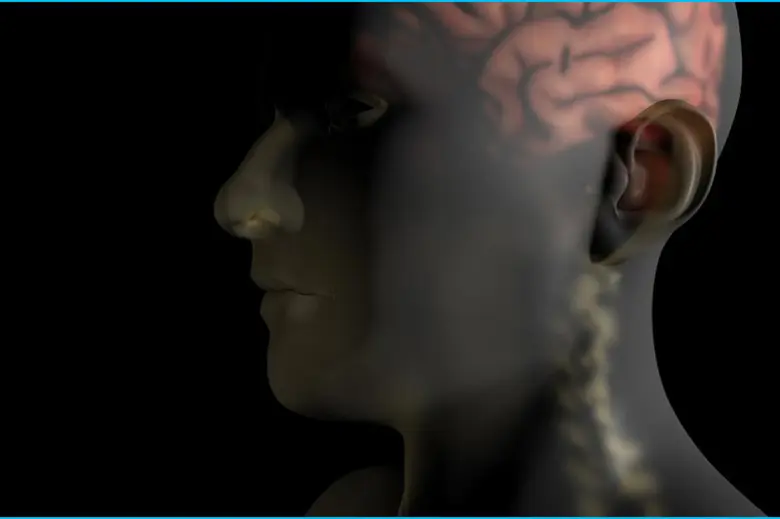-
-
Featured Care Areas

Deep Brain Stimulation (DBS) Surgery
What is deep brain stimulation surgery?
Deep brain stimulation (DBS) is a surgical procedure to implant 1 or more electrodes in your brain. The electrodes transmit electrical pulses to specific areas of your brain. These block abnormal brain signals that could be causing various neurological disorders.
How it works
Deep brain stimulation involves small holes in the skull to implant electrodes. During the surgery, you will be kept awake to provide feedback on the areas being stimulated. A separate surgery implants the device containing the battery under the skin below your clavicle and over your chest wall.
Why do you need deep brain stimulation surgery?
Deep brain stimulation surgery is a treatment for:
- Dystonia
- Epilepsy
- Essential tremor
- Obsessive-compulsive disorder
- Parkinson’s disease. This is especially if medication is not sufficient to improve your symptoms.
Deep brain stimulation surgery benefits patients with Parkinson's disease as it:
- Reduces the severity of symptoms such as dystonia (muscle stiffness), dyskinesia (muscle twisting) or tremors.
- Helps you regain control of your movements.
- Preserves your quality of life and independence.
What are the risks and complications of deep brain stimulation surgery?
Deep brain stimulation is a minimally invasive procedure that is considered safe. However, there are some risks from the surgery:
- Infection, or pain and swelling at the implantation site
- Misplacement of leads
- Bleeding in the brain
- Nausea
- Seizure
- Stroke
Why choose Parkway East Hospital?
Parkway East Hospital is the preferred private hospital for residents in the east of Singapore. Look forward to a warm and comforting environment that supports you through the entire duration of the deep brain stimulation treatment. Our friendly staff and specialists are here to see you through each step of your journey towards better health.
Find doctors from our allied hospitals
We offer a full spectrum of healthcare services under IHH Healthcare Singapore.
Check if your preferred hospital offers this treatment:
This page has been reviewed by our medical content reviewers.
Need help?
For enquiries, please call
+65 6377 3737
For appointment bookings, please WhatsApp
+65 8111 3777




